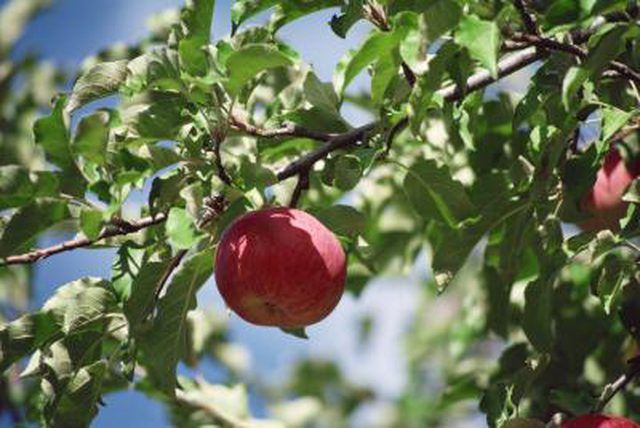Bulbs
Flower Basics
Flower Beds & Specialty Gardens
Flower Garden
Garden Furniture
Garden Gnomes
Garden Seeds
Garden Sheds
Garden Statues
Garden Tools & Supplies
Gardening Basics
Green & Organic
Groundcovers & Vines
Growing Annuals
Growing Basil
Growing Beans
Growing Berries
Growing Blueberries
Growing Cactus
Growing Corn
Growing Cotton
Growing Edibles
Growing Flowers
Growing Garlic
Growing Grapes
Growing Grass
Growing Herbs
Growing Jasmine
Growing Mint
Growing Mushrooms
Orchids
Growing Peanuts
Growing Perennials
Growing Plants
Growing Rosemary
Growing Roses
Growing Strawberries
Growing Sunflowers
Growing Thyme
Growing Tomatoes
Growing Tulips
Growing Vegetables
Herb Basics
Herb Garden
Indoor Growing
Landscaping Basics
Landscaping Patios
Landscaping Plants
Landscaping Shrubs
Landscaping Trees
Landscaping Walks & Pathways
Lawn Basics
Lawn Maintenance
Lawn Mowers
Lawn Ornaments
Lawn Planting
Lawn Tools
Outdoor Growing
Overall Landscape Planning
Pests, Weeds & Problems
Plant Basics
Rock Garden
Rose Garden
Shrubs
Soil
Specialty Gardens
Trees
Vegetable Garden
Yard Maintenance
How to Root Fruit Tree Limbs
How to Root Fruit Tree Limbs. Rooting cuttings from your existing fruit trees provide wonderful opportunities to grow new trees for your garden or orchard. With a few ingredients, care and patience, you'll achieve good levels of success in fruit tree propagation.

Rooting cuttings from your existing fruit trees provide wonderful opportunities to grow new trees for your garden or orchard. With a few ingredients, care and patience, you'll achieve good levels of success in fruit tree propagation.
Things You'll Need
Gardening shears
Rooting hormone
Plastic pots, 4-inch
Growing medium (vermiculite or sandy soil)
Gardening cloche or plastic bags
Misting unit (spray bottle)
Grafting knife
Growing Fruit Trees from Cuttings
Set up propagation area. You will want to root your fruit tree cuttings in a warm, humid, protected environment. A greenhouse is ideal, but if you don't have access to one, a small gardening cloche can work well. A cloche is an environment created by stretching plastic sheeting over a series of bent plastic tubes to form a mini-greenhouse. If a cloche is not possible to construct, simply placing a plastic bag over each individual cutting can create a suitable rooting environment.
Fill plastic 4-inch pots with a growing medium. Vermiculite or a sterile potting soil mixed with sand are both good choices. You want to avoid rot, so good drainage is essential to successfully rooting your cuttings.
Take your cuttings. The most prolific cuttings will be taken from the tips of the branches, where new growth happens. You will also have the greatest success with cuttings taken during the trees' heavy new growth phase. Carefully cut the tips of the branches off the tree you want to propagate. Cut them about 3 to 5 inches down, depending on the amount of visible new growth. The exposed wood on the inside of the cutting should be green and moist.
Use a grafting knife to cut the exposed tip at an angle. This exposes more pliable wood to the rooting hormone and growing medium.
Dip cuttings in rooting hormone, then plant. Rooting hormone comes in varying strengths. Check with your local nursery person to determine the strength of hormone you should use for the type of tree you attempt to root. Dip the cut end of the cutting into a glass of sterile water, and then into the rooting hormone. Tap off any excess, clumping rooting hormone, and then plant the cut end into the growing medium in the 4-inch pots. Stick the end about 1 inch into the growing medium.
Mist the cuttings, then cover. Using a spray bottle with sterile water. Give them a good drink, so the soil is nice and wet. Then cover the cuttings with the plastic bags.
In a more elaborate set-up, like a cloche or greenhouse, you can establish a timed misting unit to keep the cuttings moist. If you are watering by hand, you will want to mist the cuttings three to five times daily.
Tips & Warnings
A sterile growing environment is key. If you propagate in a greenhouse or cloche, clean the structures with a 10-percent bleach solution between crops or periodically to eliminate contaminants.
Bottom warming can also be helpful in certain environments. A heating pad placed underneath the cutting containers can help achieve desirable growing conditions.